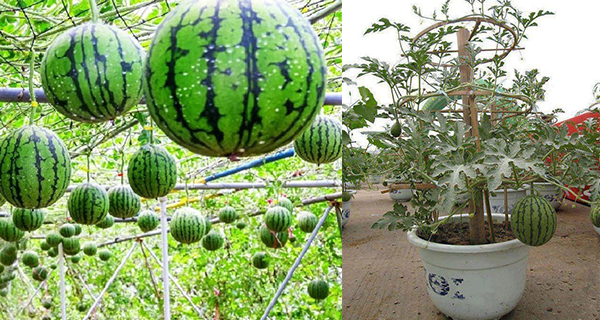Ad Blocker Detected
Our website is made possible by displaying online advertisements to our visitors. Please consider supporting us by disabling your ad blocker.

Use the following care information to help lemongrass thrive all year.
7. Watering
Lemongrass plants should never dry out, but how often you water your plant depends on its location. Most varieties require frequent watering. Remember that a plant in a full sun area without shade may dry out more quickly are require more frequent watering.
Maintain constant moisture levels for the best results, as the plant doesn’t tolerate dry roots for long. Muddy soil isn’t ideal either, but the leaves should be misted with water from a spray bottle in dry locations.
8. Temperature
Because lemongrass is a tropical plant, it can freeze to death if the temperature drops under 15 degrees F. Containers or greenhouses can help keep the plants safe throughout the winter, allowing you to move them inside. Temperatures above 40 degrees F are ideal.
9. Wintering
You can still grow lemongrass in a container if you live in a colder area. To get your plants ready for winter temperatures, use the following steps:
- Bring the containers indoors.
- Trim the stalks down to a couple of inches tall.
- Separate the stalks from the large central clump using a spade or small shovel.
- Place each stalk in a pot with soil and lightly mist the plants.
- Place the potted plant in a sunny area or return them outside when the weather warms up.
10. Fertilizing
This herb requires high levels of nitrogen for survival. Fertilize your lemongrass plants every few weeks throughout the growing season using a liquid 20-20-20 fertilizer. You can also use liquid fish fertilizer, but the most important factor is that the fertilizer is nitrogen-rich.
Common Problems with Growing Lemongrass

Problems growing lemongrass often pop up when the plant is not properly draining or is in clay soil, which causes the plants to rot. Other waterlogged diseases could become an issue as well. However, few pests or diseases plague the plant. The most common pests that affect lemongrass are aphids, slugs, and snails. Spider mites may occasionally attack overwintering plants as well.
Lemongrass grows easily in my warm climate, but you can also grow a lemongrass plant in a pot. This means that even if you live in a cooler region, you can move it indoors when the weather turns. In a warm outdoor environment, a lemongrass plant can reach six feet high; it will remain smaller when grown in pots.
Lemongrass is kind of a nondescript plant. Unless you know what it is, you’d likely mistake it for any number of different grasses. Or weeds, if you’re my husband out weed whacking. (These poor plants have been whacked to the ground a number of times, and they keep coming back!)
You can grow lemongrass plants directly in the ground or in pots. Lemongrass plants prefer full sun and well-drained soil with steady moisture content.

